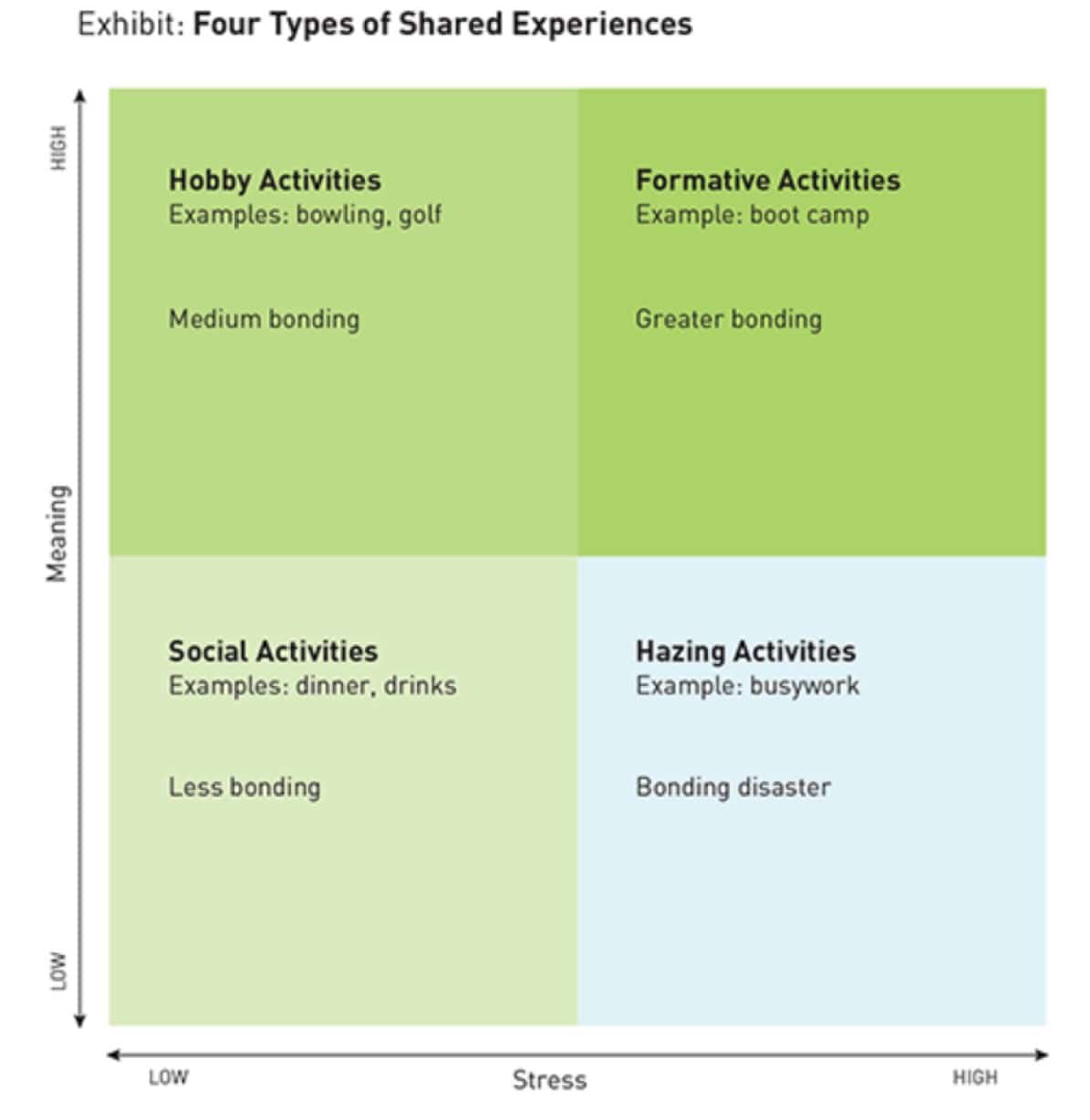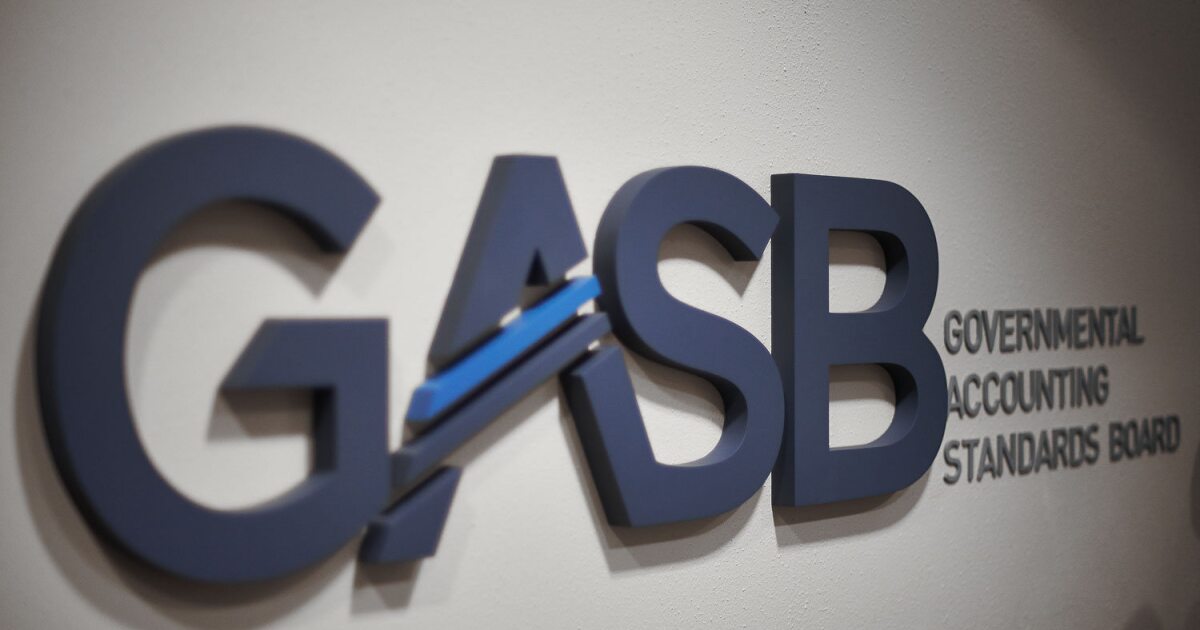With hybrid work the new norm, creating opportunities for employees to connect is paramount for HR leaders. These connections can drive culture, inclusion, employee experience and employee engagement in a distributed workforce, experts say.
To bring employees together, some HR leaders are turning to social events focused around occasions like March Madness, Juneteenth or Halloween; yet, these gatherings can also ding productivity. March Madness alone is estimated to cost employers over $9.6 billion in productivity losses, according to outplacement firm Challenger, Gray & Christmas. With many early-round games during the workday, the men’s and women’s college basketball tournaments often inspire workplace watch parties and bracket challenges, with or without money on the line.
Karina Monesson, senior manager of HCM Research and Advisory at UKG, an HR and workforce management solutions provider, says it’s critical that HR leaders strategically design employee social gatherings to minimize distractions while maximizing long-term productivity gains.
“When we’re looking at cultural or sporting events, there is a potential a little bit of the productivity might be lost on that one day if you’re having a fun event,” Monesson says. “But the long-term impacts of increased productivity due to these stronger relationships is more than worth it. It has ROI.”
How to limit productivity loss
UKG, for instance, played off of March Madness with its “Message Madness” competition that launched Feb. 1. During the month-long bracket-inspired event, members of the company’s sales and pre-sales teams crafted two-minute sales pitches. Employees from other departments voted on the best one in each round, with the winners advancing. Three employees from the U.S.-Canadian region won a grand prize trip to Glendale, Ariz., to attend the NCAA men’s Final Four on April 6 and the championship game on April 8.
“It was a fantastic opportunity to bring a sense of fun and togetherness with a little bit of friendly competition to something that ultimately was very impactful to our efforts within our organization,” Monesson says.
Because the competition was designed to meet actual business needs, Message Madness allowed both contestants and observers to remain productive during the shared experience.
Even if shared experiences aren’t directly linked to work projects, they can be arranged so they are less disruptive to productivity, experts say. For instance, they could be held after work and offsite, says Steve Karau, professor of management at Southern Illinois University and author of Social Loafing and Motivation Gains in Groups: An Integrative Review.

Since March Madness is happening in the evening, HR professionals can help teams arrange gatherings at a local sports bar or restaurant so employees can watch the game together, Karau says. Such outings can drive connections that may bolster employees’ experience when they return to work.
“Those social conversations can spill over to the workplace,” Karau says. “If they identify with their colleagues, then they think, ‘I’m part of this group, I am part of this company.’ ”
Shared experiences that can yield the greatest ROI
Shared experiences can help shape values, norms and behaviors—allowing employees to work more efficiently and effectively, says Augusto Giacoman, a principal with PwC U.S. and author of The Serious Fun of Shared Experiences at Work.

Giacoman says such experiences should be modeled in a “form, storm, norm, perform” approach to create the most impact for the workplace, he says. Teams form and learn what is expected of them. That’s followed by storming, when team members engage in conflict over the best action plan. Once the conflict is resolved, team members establish a norm that helps them connect. This moves them onto the final stage of building a high-performing team, Giacoman says.
He pointed to four common types of shared employee experiences—hazing, social, hobby and formative—that can create varying levels of connection among employees. The goal, he says, should be formative experiences, through which colleagues leverage their emotional intelligence—learning from each other and observing one another’s emotions and reactions—which can ultimately fuel a higher-performing team.

Hazing activities
Hazing activities foster the least amount of employee bonding, Giacoman says. They usually are negative employee experiences and do not promote team building or productivity. Examples include asking a newbie restaurant worker to mop the floor inside a walk-in freezer, according to a post on Reddit.
Social activities
Social activities like a March Madness party at a sports bar or office can strengthen work relationships and the employee experience, but not as effectively as hobby or formative activities, Giacoman says.
That’s because employees often do not feel stress when engaged in social activities—one of two sentiments needed to foster a strong bond between colleagues that can ultimately transform them into a high-performing team. The other is a sense of meaning or purpose.
“The more meaningful the challenge is to us, the better we feel,” Giacoman says. “It’s like dopamine that’s triggered after a hard workout: You don’t get the dopamine if it’s a light workout.”
Hobby activities
Hobby activities like team bowling tournaments or companywide chili cookoffs deliver a high degree of meaning because people generally are highly engaged and having fun. But such activities are not necessarily stressful enough to bolster potential employee bonding. HR leaders can seek ways to add more competition or stress into these activities to drive connections among co-workers.
Formative activities
Formative activities are both substantially stressful and meaningful, making them the most effective way to create shared experiences, Giacoman says. UKG’s Message Madness competition is a good example. Another is PwC’s bike-building contest when teams of four to five employees received a bicycle-building kit without instructions.
“It was a good shared experience because the stress was you didn’t have instructions,” Giacoman says. “The team had to work together to get the bike built and it was a timed event. It was also meaningful because, at the end of the day, we all knew these bikes were going to charities to give them to kids who didn’t have bikes.”
HR leaders should strive to transform their social events around March Madness and other occasions into formative, shared experiences, Giacoman adds.
“I think you could take that same framework for the bike-building and use it for March Madness. Do something meaningful like donating basketballs and add a competition for stress,” Giacoman says. “You could [use] this angle for all social events. It would produce something that’s much more meaningful than just watching a game together.”
Learn more about employee connections at the upcoming Elevate People, Ignite Change conference, April 24-26 at the Bellagio in Las Vegas. Sit in on the keynote presentation Belonging in the Future of Work: Creating Human Connection and Community in the Era of Hybrid, AI and Overwhelm.
Credit: Source link











